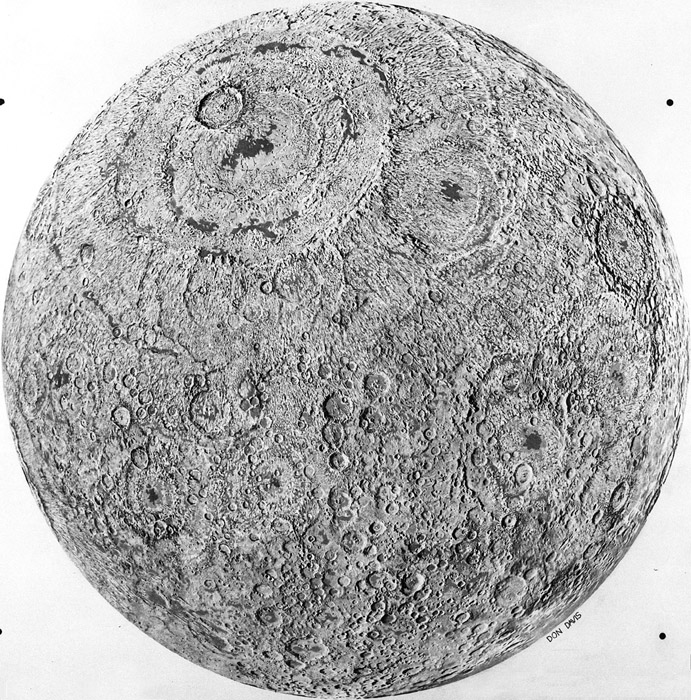Difference between revisions of "March 29, 2014"
| Line 1: | Line 1: | ||
__NOTOC__ | __NOTOC__ | ||
=A Pre-Mare Moon= | =A Pre-Mare Moon= | ||
| − | |||
<!-- ws:start:WikiTextHeadingRule:0:<h1> --> | <!-- ws:start:WikiTextHeadingRule:0:<h1> --> | ||
<!-- ws:start:WikiTextLocalImageRule:6:<img src="/file/view/LPOD-Sep17-08.jpg/38492522/LPOD-Sep17-08.jpg" alt="" title="" /> -->[[File:LPOD-Sep17-08.jpg|LPOD-Sep17-08.jpg]]<!-- ws:end:WikiTextLocalImageRule:6 --><br /> | <!-- ws:start:WikiTextLocalImageRule:6:<img src="/file/view/LPOD-Sep17-08.jpg/38492522/LPOD-Sep17-08.jpg" alt="" title="" /> -->[[File:LPOD-Sep17-08.jpg|LPOD-Sep17-08.jpg]]<!-- ws:end:WikiTextLocalImageRule:6 --><br /> | ||
| − | <em>drawing by [mailto:dondavis@thegrid.net Don Davis]</em><br /> | + | <em>drawing by [mailto:dondavis@thegrid.net" rel="nofollow Don Davis]</em><br /> |
<br /> | <br /> | ||
The Moon we see today is a consequence of millions of events that happened in the last four plus billion years. In 1970 artist Don Davis stripped off the maria and Copernican age craters to suggest how an earlier Moon looked, say about 3.8 b.y. ago, just after the Imbrium and Orientale basins formed. Very little mare had erupted by this time, with dark patches occurring only in the central, presumably deepest parts of the basins, and along the major basin rim fractures in Imbrium (similar to today's Veris and Autumni slivery lakes in Orientale). You can see the Iridum crater, whose southern rim was later submerged by Imbrium lavas. I am surprised to see the Serenitatis Basin superposed on the outer Imbrium basin ring (although some Imbrium ejecta seems to stripe it) for I always considered Serenitatis to be older than Imbrium. The one part of the Moon that looks relatively unchanged compared to present views is the southeastern highlands which is distant from most basins. <br /> | The Moon we see today is a consequence of millions of events that happened in the last four plus billion years. In 1970 artist Don Davis stripped off the maria and Copernican age craters to suggest how an earlier Moon looked, say about 3.8 b.y. ago, just after the Imbrium and Orientale basins formed. Very little mare had erupted by this time, with dark patches occurring only in the central, presumably deepest parts of the basins, and along the major basin rim fractures in Imbrium (similar to today's Veris and Autumni slivery lakes in Orientale). You can see the Iridum crater, whose southern rim was later submerged by Imbrium lavas. I am surprised to see the Serenitatis Basin superposed on the outer Imbrium basin ring (although some Imbrium ejecta seems to stripe it) for I always considered Serenitatis to be older than Imbrium. The one part of the Moon that looks relatively unchanged compared to present views is the southeastern highlands which is distant from most basins. <br /> | ||
<br /> | <br /> | ||
| − | <em>[mailto:tychocrater@yahoo.com Chuck Wood]</em><br /> | + | <em>[mailto:tychocrater@yahoo.com" rel="nofollow Chuck Wood]</em><br /> |
| − | PS: Tonight was the first clear night since I received a new telescope mount, the iOptron [https://www.ioptron.com/index.cfm?select=productdetails&phid=931ce45f-3778-42cc-981a-c75f31adad60 ZEQ25]. So I spent a pleasant, and relatively warm evening under the stars (and sometimes with my head in the instruction manual) rather than generating a new LPOD. But luckily here is a rebroadcast of an excellent one from Sept 17, 2008 that is still thought provoking. Enjoy. <br /> | + | PS: Tonight was the first clear night since I received a new telescope mount, the iOptron [https://www.ioptron.com/index.cfm?select=productdetails&phid=931ce45f-3778-42cc-981a-c75f31adad60" rel="nofollow ZEQ25]. So I spent a pleasant, and relatively warm evening under the stars (and sometimes with my head in the instruction manual) rather than generating a new LPOD. But luckily here is a rebroadcast of an excellent one from Sept 17, 2008 that is still thought provoking. Enjoy. <br /> |
<br /> | <br /> | ||
<strong>Technical Details</strong><br /> | <strong>Technical Details</strong><br /> | ||
| − | I thank Don for making his drawings of the Moon's history [http://www.donaldedavis.com/PARTS/SHORTBIO.html publicly available!]<br /> | + | I thank Don for making his drawings of the Moon's history [http://www.donaldedavis.com/PARTS/SHORTBIO.html" rel="nofollow publicly available!]<br /> |
<br /> | <br /> | ||
<strong>Related Links</strong><br /> | <strong>Related Links</strong><br /> | ||
| − | Don's [http://www.donaldedavis.com/ web presence]<br /> | + | Don's [http://www.donaldedavis.com/" rel="nofollow web presence]<br /> |
<hr /> | <hr /> | ||
Revision as of 22:57, 4 January 2015
A Pre-Mare Moon

drawing by " rel="nofollow Don Davis
The Moon we see today is a consequence of millions of events that happened in the last four plus billion years. In 1970 artist Don Davis stripped off the maria and Copernican age craters to suggest how an earlier Moon looked, say about 3.8 b.y. ago, just after the Imbrium and Orientale basins formed. Very little mare had erupted by this time, with dark patches occurring only in the central, presumably deepest parts of the basins, and along the major basin rim fractures in Imbrium (similar to today's Veris and Autumni slivery lakes in Orientale). You can see the Iridum crater, whose southern rim was later submerged by Imbrium lavas. I am surprised to see the Serenitatis Basin superposed on the outer Imbrium basin ring (although some Imbrium ejecta seems to stripe it) for I always considered Serenitatis to be older than Imbrium. The one part of the Moon that looks relatively unchanged compared to present views is the southeastern highlands which is distant from most basins.
" rel="nofollow Chuck Wood
PS: Tonight was the first clear night since I received a new telescope mount, the iOptron " rel="nofollow ZEQ25. So I spent a pleasant, and relatively warm evening under the stars (and sometimes with my head in the instruction manual) rather than generating a new LPOD. But luckily here is a rebroadcast of an excellent one from Sept 17, 2008 that is still thought provoking. Enjoy.
Technical Details
I thank Don for making his drawings of the Moon's history " rel="nofollow publicly available!
Related Links
Don's " rel="nofollow web presence



